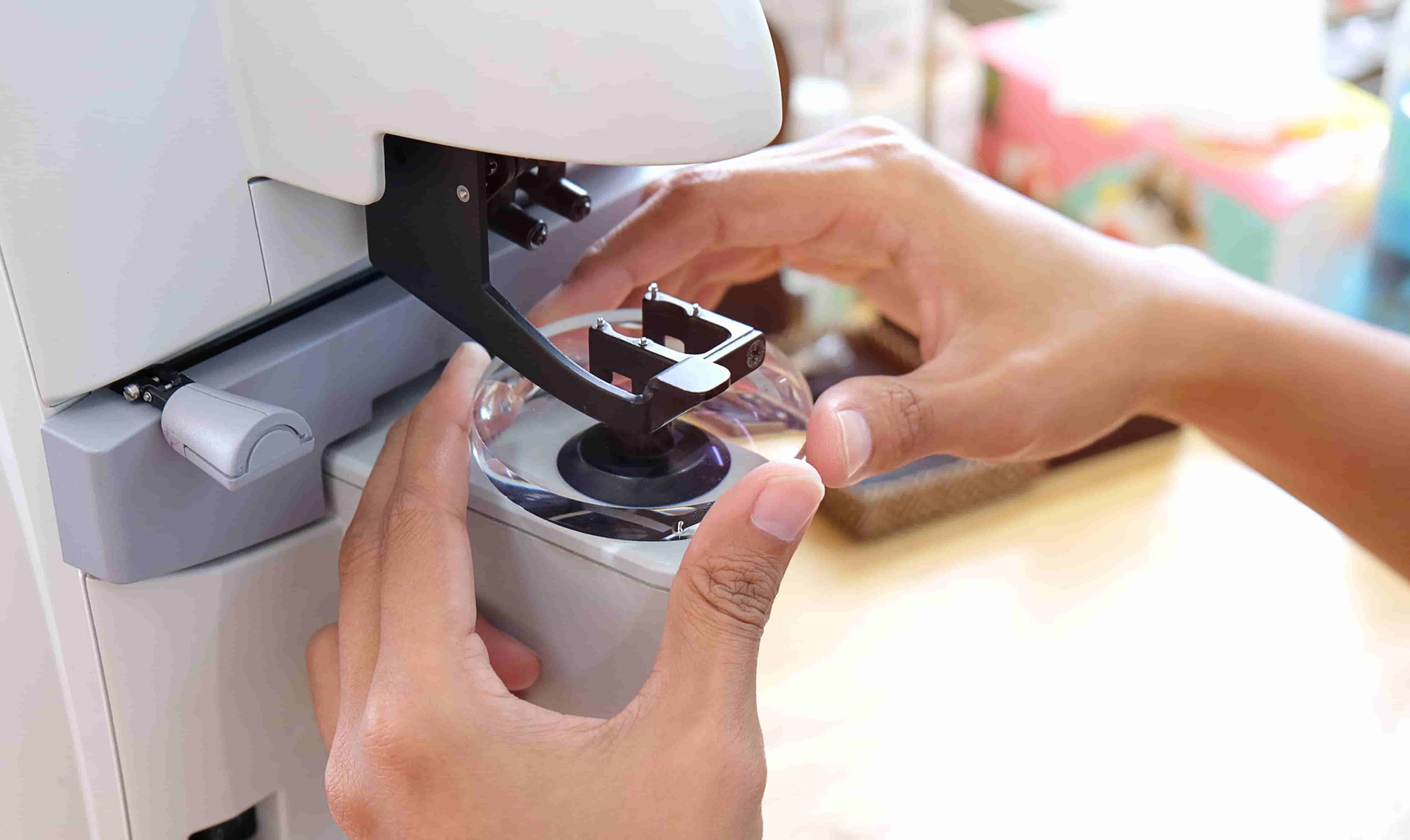What to do with old prescription glasses?
Replacing Lenses in Old Glasses
Sometimes, you need new lenses before you need a new frame. Maybe your prescription changed sooner than expected. Perhaps you love your frame so much that you can't bear to part with it. If it's still in style and it fits you well, that's understandable! If your frame outlives your lenses, you may be able to salvage it.
Saving your frame and putting new lenses in it could save you money. If you're using insurance, your plan may allow lenses to be replaced every year but frames every two years. If you want new lenses in a year where you're not eligible for a frame, using an old frame could work.
It's important to consider that frames must be in good condition to put new lenses in them. Metal frames could break when they're adjusted or having their screws tightened. Plastic frames must be heated to remove their lenses and put the new ones in. If the plastic is old and brittle, it may not withstand this process. Even if the frame does survive the lens replacement, you still want to be sure that it has some life left in it. The last thing you want is a pair of glasses that breaks a few weeks or months after you invest in new lenses. Aside from that, saving your old glasses allows you to have a back-up pair if you already decided to order new prescription glasses. This way, if your favorite glasses are broken or lost, you'll always have a pair on hand. That being said, if your frame is in good shape, buying new lenses for it can be a cost-effective option.

Donating Prescription Glasses
The most noble thing to do, when it comes to old glasses, is to donate them. Many people, in both developed and undeveloped countries, cannot afford them. After all, 1 in 7 people on this planet doesn't have access to vision care.
When people think of places to donate prescription glasses, Lions Club comes to mind. They have chapters around the world that collect glasses. Drop boxes are available at a variety of community locations. Libraries, banks, small businesses, schools and places of worship are some examples. Some vision centers offer drop boxes too, such as those at Walmart and Sam's Club. LensCrafters, Sears Optical and Pearle Vision collect glasses for them as well.
Eyeglasses are then sorted by prescription and distributed to those that need them. This involves a group of people going on a mission trip to a developing country to help those in need of eye care. Patient prescriptions are measured by optometrists or ophthalmologists donating their time. Once measured, the prescription can be matched up as close as possible with a donated pair. This has the ability to change someone's life.
Worldwide, uncorrected refractive error is a leading cause of blindness. As of 2015, 116.3 million people globally had vision impairment simply due to their need for glasses.
Lions Club is the most renowned organization for eyeglass donation. Yet, there are others. For example, Vision Service Plan (VSP) also offers this resource. Optometrists' offices that take VSP often have drop boxes available to collect donations. If your doctor doesn't have one, you can get a prepaid shipping label from VSP to ship your glasses to them for free.
New Eyes for the Needy, a United Way agency, is a small not-for-profit based out of New Jersey. They collect used glasses and distribute them to people going on mission trips as well. Eyeglasses for these trips can be picked up from their boutique in Short Hills, NJ or shipped for a nominal fee.
When considering where to donate prescription glasses, ReSpectacle is another option. Donations can be made using bins at doctors’ offices or by mail.
In general, donated glasses should be in good condition. The new owner of these glasses should be able to use them for years to come. If the lenses are broken or scratched, it's possible that the frame may still be usable. If the frame is broken, it's unlikely that the lenses can be reused. Check with the particular organization you're donating to for details.
Recycling Prescription Glasses
Especially when they break, it could be tempting to recycle prescription glasses. But, the wide variety of materials used in glasses makes this challenging. The frame may be made of plastic or metal. The lenses are usually made of plastic. Then, there are various small parts like screws and nose-pads. Each component is made of a different material. Metals like aluminum and steel usually are recyclable. Titanium often is not readily accepted by recycling centers. The plastic used in lenses and nose-pads usually cannot be recycled either. With so few parts being recyclable in eyeglasses, your best bet is to donate them for reuse. Plus, you can never be sure what happens to the materials placed in recycling bins. They may end up in the same place as garbage does. When it comes to being environmentally conscious, reusing is always preferable to recycling.
Making Something from Old Glasses
If you're creative, you can repurpose your old eyeglasses. This could mean making something functional or decorative out of them. People have made all kinds of things from used prescription glasses. Christmas ornaments, business card holders and Halloween costumes are some options. Not only does this create beautiful artwork, but it avoids more waste going to the landfill.

With all these choices, you no longer have to worry about what to do with your used prescription glasses. More importantly, what do you want as your new glasses?
